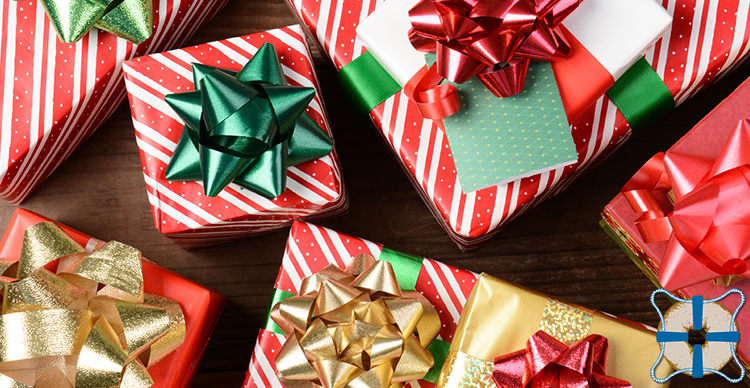Interesting Holiday Traditions Around the World

Whether you say “Merry Christmas,” Happy Hannakah,” or “Happy Kwanzaa,” the holiday season is upon us. Have you ever wondered what other holidays folks are celebrating throughout December? And what are the meanings behind them? Furthermore, did you ever hear of some of the interesting Christmas and holiday traditions celebrated throughout the world?
Christmas
One of the most widely celebrated of all the December holidays, folks all over the globe have some unique ways of commemorating Christmas. In the U.S. we put up trees, visit Santa, and dream of snowy landscapes. What’s cool is that because America is a melting pot of many cultures, you may recognize some of the following traditions. Check them out below.
- Holland
In Holland, children receive gifts from Sinterklaas on December 5th. The also leave out carrots for his horses in hopes for extra sweets. - Japan
Children in Japan receive Christmas presents on their pillow for Christmas night. And did you know the traditional Christmas meal in Japan is fried chicken? They love KFC! - Norway
Here, you may realize the brooms are hidden all over the house on Christmas Eve. This serves to prevent witches from stealing them. It is also a tradition to leave out a bowl of porridge on Christmas Eve for the gnome who protects the home. - Germany
Here the tradition is to leave a shoe or a boot outside the front door on December 5th, called St. Nicholas Day. Sinterklaas fills them with small presents and treats. - Italy
On Christmas Eve, Italian families celebrate with the Feast of the Seven Fishes. They also believe that eating lentils during the holiday ensures good luck and wealth for the coming year. And on Christmas, the kids receive gifts from La Befana. - Ireland
On the Emerald Isle, it is a tradition for folks to leave out mince pies and a pint of Guinness for Santa. No surprise there, right? Lucky for Santa!
Hanukkah
Also referred to as the Festival of Lights, Hanukkah is a blessed Jewish holiday. Lasting for eight days, it commemorates the re-dedication of the Second Temple in Jerusalem following the Maccabean Revolt. Those who participated in that witnessed a miracle. Even though there was only enough oil to last a single night, the flames continued to burn for eight nights. The holiday begins on the 25th of Kislev on the Hebrew calendar.
On each of the eight nights, folks gather around the menorah, pray, and light another candle after sundown. After blessings, traditional foods such as latkes (potato pancakes) and sufganiyot (jam-filled donuts) are enjoyed. Gifts are exchanged, and children play with dreidels.
Kwanzaa
The word Kwanzaa comes from the phrase “
- Mkeka — a woven placemat put on the table to represent the foundation of a strong family
- Kinara — a candleholder with places for seven candles that represent parents
- Mishumaa saba — seven candles (three red symbolizing struggle, three green symbolizing the future, and one black candle symbolizing the African people) that are placed in the kinara to represent the
- Nguzo Saba- seven candles (three red symbolizing struggle, three green symbolizing the future, and one black candle symbolizing the African people) that are placed in the kinara to represent the Nguzo Saba
- Kikombe Cha Umoja — a unity cup that is used to pour libation, or a drink typically poured as an offering to a spirit or god or in memory of a loved one who has died
- Vibunzi — an ear of corn representing each child in the family
- Mazao — a bowl of fruits and vegetables to represent the harvest
- Zawadi — gifts to children for keeping their promises throughout the year, typically a book and a heritage symbol
Festivus
Ok, we threw this one in there for fun, but there are some who are pretty serious about their Festivus celebration. That
- The Festivus Pole – An unadorned aluminum pole was chosen to protest the commercialization of the highly decorated Christmas tree very easy to maintain and without all that distracting tinsel.
- The Airing of Grievances – During Festivus dinner, each family member tells family and friends about all the
disppointing instances throughout the year. Talk about fun holiday dinner chatter. - The Feats of Strength – What we feel is the most unusual of all Festivus traditions, the Feats of Strength take place after the Airing of Grievances. During this component, the head of the family is supposed to test his or her strength against one participant of the head’s choosing. The lead participant is only allowed to decline to attempt this feat if “they have something better to do” instead. Let’s always hope there is something better to do.
